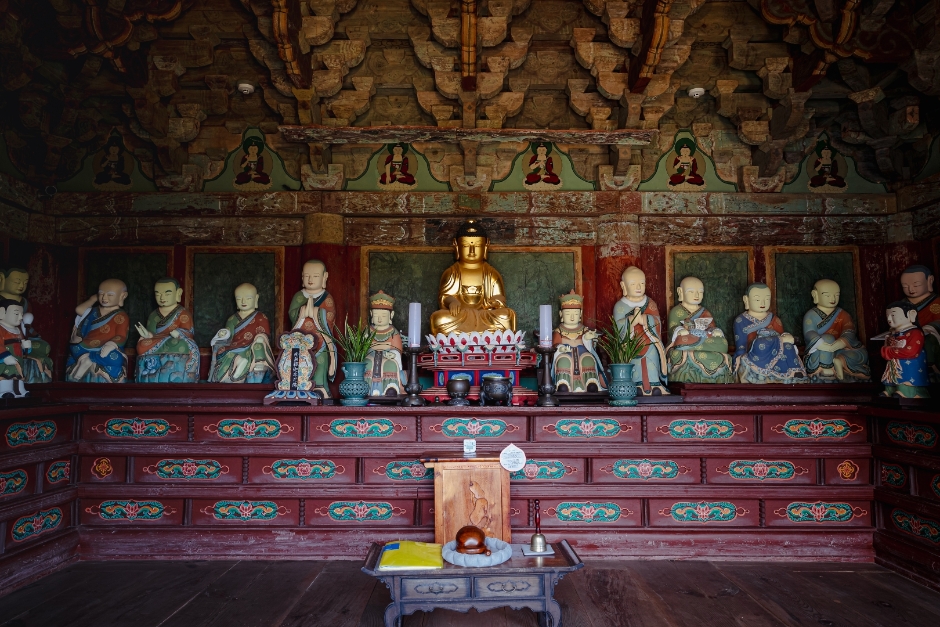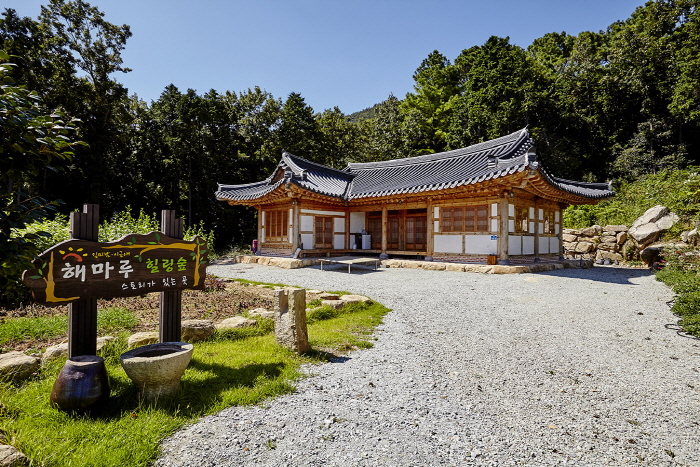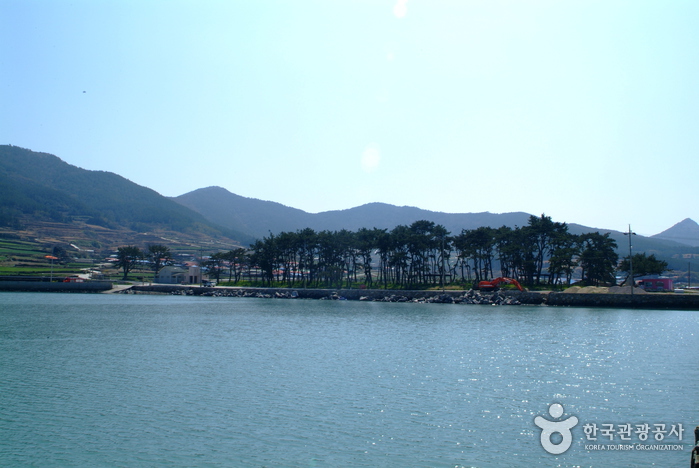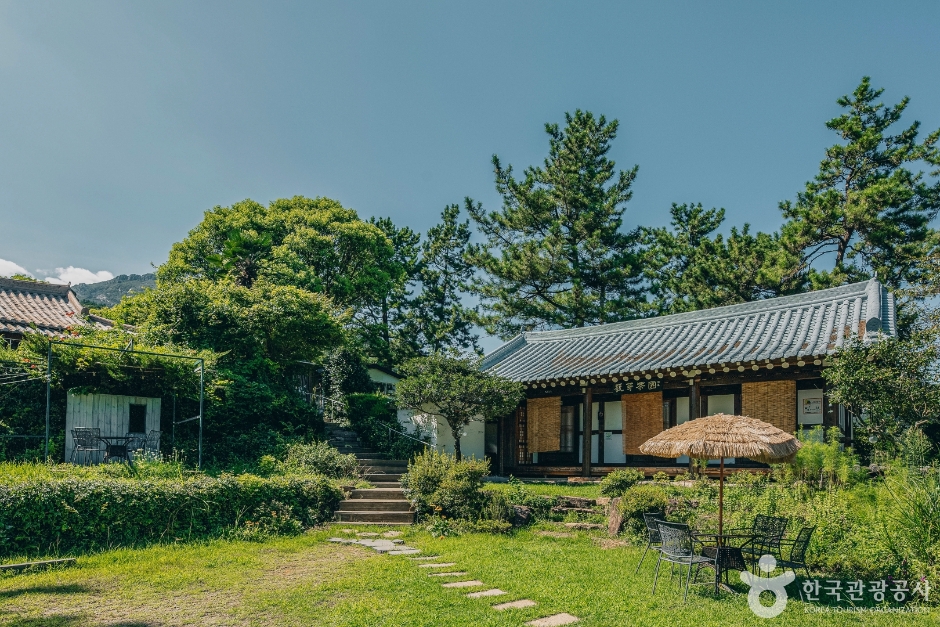Mihwangsa Temple (미황사)
18.5Km 2025-01-21
164 Mihwangsa-gil, Haenam-gun, Jeollanam-do
+82-61-533-3521
Constructed during the eighth year of King Gyeongdeok of the Silla dynasty (749), Mihwangsa Temple is located on the western side of Dalmasan Mountain (489 meters), titled the Geumgangsan Mountain of the Southern Sea. The temple is situated the furthest south of all temples in the Korean peninsula. Beautiful sunsets and the view of the graceful Dalmasan Mountain from the temple attract numerous visitors. The foot of the mountain found behind the temple blends well with the suitable-sized temple and the appearance of Daeungbojeon Hall gives out an aura of comfort and tranquility. The cornerstone of Daeungbojeon Hall is carved with sea creatures, such as turtles and crabs that cannot be observed elsewhere. Other attractions include 18th century murals on the walls of Daeungbojeon and Unginjeon Halls.
Haemaru healingsoup (해마루 힐링숲)
18.6Km 2024-12-24
108-35 , Donghae-gil, Haenam-gun, Jeollanam-do
+82-10-2332-6303
Sinheung Beach (신흥해수욕장)
18.9Km 2025-01-09
4, Cheongsan-ro 672beon-gil, Wando-gun, Jeollanam-do
+82-61-550-6493
Sinheung Beach on Cheongsando Island is well known for its beautiful blue water. The beach also has a reputation as a great fishing spot. Located on the opposite side of the island from Jiri Beach, Sinheung Beach boasts a spacious shore but offers less amenities in comparison. However, the beach's best qualities are its clean waters and peaceful atmosphere. The nearby shores mostly serve as fishing spots and many visitors enjoy collecting clams during low tide.
Seoladawon (설아다원)
19.9Km 2024-12-24
153-21 , Samseong-gil, Haenam-gun, Jeollanam-do
+82-61-533-3083
Seola Dawon is a hanok stay at the foot of Mt Duryun in Haenam, Jeollanam-do. It began as a tea plantation whose owner wanted to pass on his love for traditional tea culture to the next generation. Many visitors came and they needed accomodation, so the owner built a small stone guest room. Now there are 8 guestrooms, including a clay house, a timber frame house, and an earthbag house; while the work of promoting tea cultivation and culture continue.




 English
English
 한국어
한국어 日本語
日本語 中文(简体)
中文(简体) Deutsch
Deutsch Français
Français Español
Español Русский
Русский